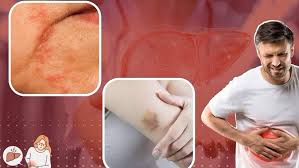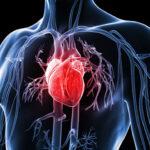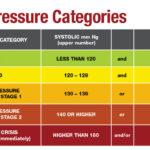
Last Updated on by lizzy
What is Cirrhosis?
Cirrhosis is a progressive and irreversible condition characterized by the scarring and damage of the liver tissue. It occurs when healthy liver cells are replaced by fibrous scar tissue, disrupting the liver’s normal structure and function. As the scarring increases, the liver becomes increasingly impaired in its ability to perform vital functions .

Symptoms of Cirrhosis
- Fatigue and Weakness
- Yellowing of the skin and eyes, known as jaundice, can occur due to the liver’s impaired ability to process bilirubin.
- Abdominal Swelling
- Easy Bruising and Bleeding
- Itchy Skin
Causes of Cirrhosis
- Chronic Alcoholism: Excessive and long-term alcohol consumption is a leading cause, as it can progressively damage liver cells.
- Hepatitis B and C infections can result in chronic inflammation and subsequent scarring of the liver, leading to cirrhosis.
- Non-Alcoholic Fatty Liver Disease (NAFLD): Refers to the accumulation of fat in the liver, often associated with obesity.
- Autoimmune Hepatitis: An overactive immune response targeting liver cells can cause autoimmune hepatitis, leading to chronic inflammation.
- Genetic and Metabolic Disorders: Certain inherited conditions can result in liver damage and cirrhosis.
Complications of Cirrhosis
Portal Hypertension
Scarring in the liver can impede blood flow, leading to increased pressure in the portal vein. This can result in the development of varices (enlarged veins) and increase the risk of bleeding.
Hepatic Encephalopathy
Liver dysfunction can lead to the accumulation of toxins in the bloodstream, affecting brain function and causing cognitive impairment.
Ascites and Edema
The impaired liver function can lead to ascites and swelling in the legs and ankles (edema).
Liver Cancer
It increases the risk of developing hepatocellular carcinoma, a form of liver cancer.
Diagnosis of Cirrhosis
Diagnosing involves a combination of medical history assessment, physical examination, and diagnostic tests. These may include:
Blood Tests
Liver function tests can measure levels of liver enzymes, bilirubin, and other markers to assess liver health and function.
Imaging Studies
Ultrasound, CT scan, or MRI can provide detailed images of the liver, helping to identify signs of scarring and assess its severity.
Liver Biopsy
A small sample of liver tissue is obtained and examined under a microscope to confirm the presence and determine its underlying cause.
Treatment of Cirrhosis
Lifestyle Changes
Limiting or abstaining from alcohol consumption, maintaining a healthy diet, and exercising regularly can help improve liver health.
Medications
Certain medications may be prescribed to manage specific symptoms or complications , such as diuretics for ascites or medications to reduce portal hypertension.
Liver Transplantation
In advanced cases of , liver transplantation may be the only option to replace the diseased liver with a healthy one.
Prevention of Cirrhosis
- Moderate Alcohol Consumption
- Vaccination: Receiving vaccines for hepatitis B and A can help prevent viral hepatitis, which can lead to cirrhosis
- Proper Medication Usage: Taking medications as prescribed and avoiding excessive use of hepatotoxic drugs can help protect the liver from damage.






Leave a Reply